Photo Gallery
Rich Hoyer
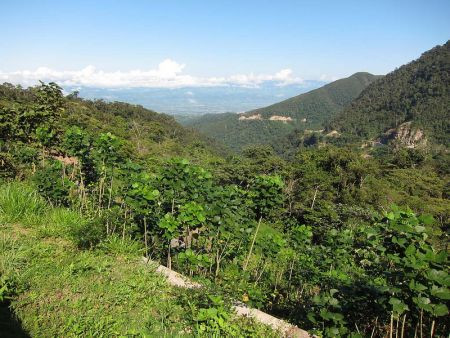
We’ll start near the town of Tarapoto, where an outlying ridge harbors healthy forest.
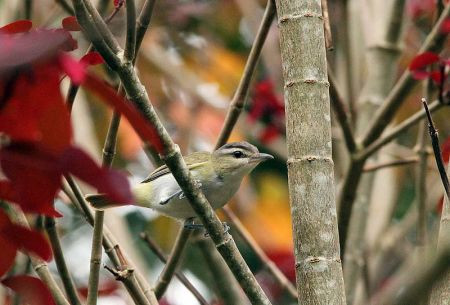
Don’t be too disappointed if your first bird in Peru is a Red-eyed Vireo. This is the resident form known as “Chivi Vireo”, likely a separate species.
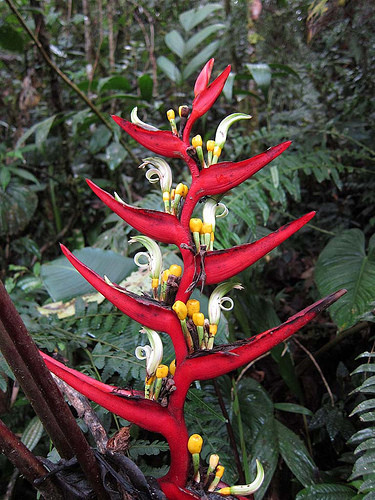
The fantastic tropical vegetation, such as this Heliconia burleata, will remind you that you’re in the tropics.
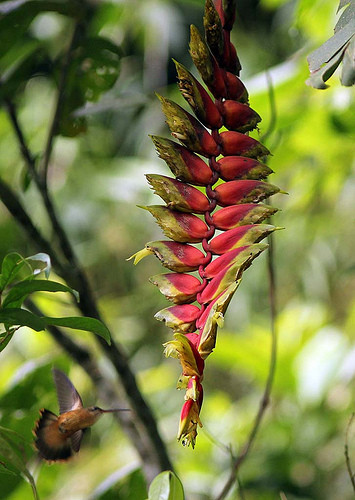
Worth extra attention is this Heliconia rostrata, as it’s a favorite food for the Koepke’s Hermit – oops, there goes one!

If the timing is right, we might get lucky to see the Tibouchina trees in bloom here.
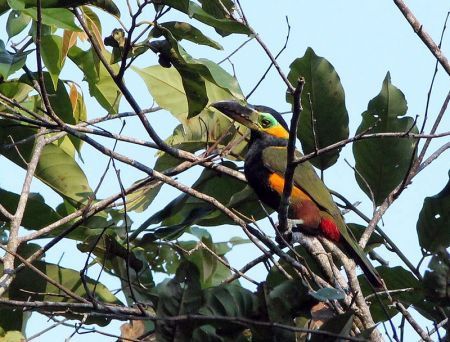
And if we’re even luckier, Golden-collared Toucanet might appear.
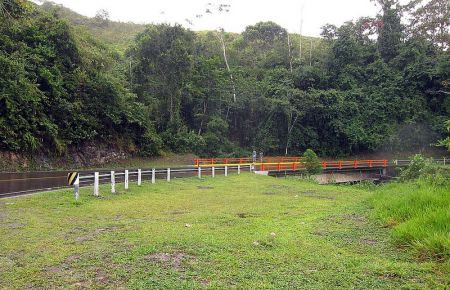
We’ll work our way westward toward the main east slopes of the Andes, stopping at an unassuming bridge known as Quiscarrumi…
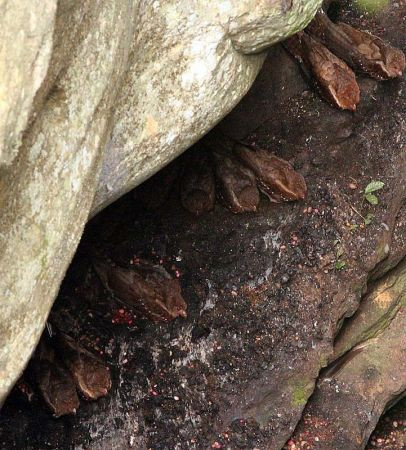
…where a ridiculously accessible colony of Oilbirds was only recently discovered.
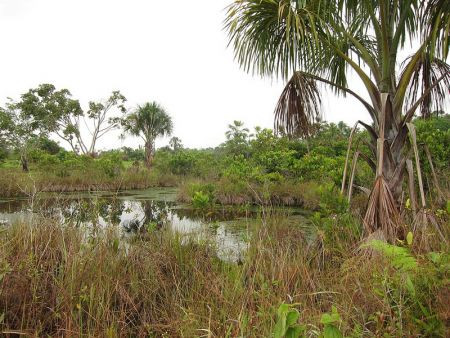
It’s a long haul up the Rio Mayo valley to the Andes, so we’ll break it up with stops in interesting habitats near Moyobamba.
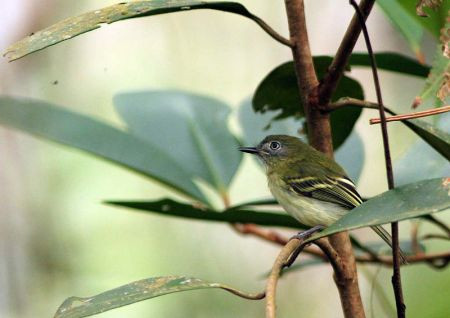
The White-eyed Tody-Tyrant is one of the common but very localized residents of habitats near Moyobamba.
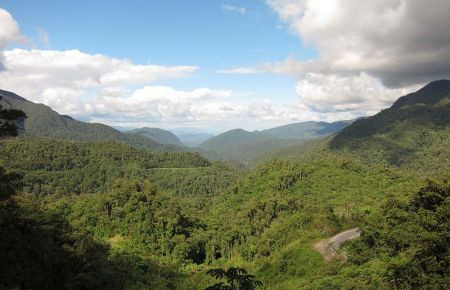
We’ll finally begin ascending the upper Rio Mayo with its lush, mind-bogglingly diverse forests.
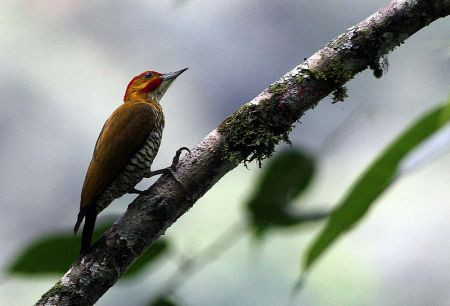
White-throated Woodpecker occurs in the lower elevations on this road.
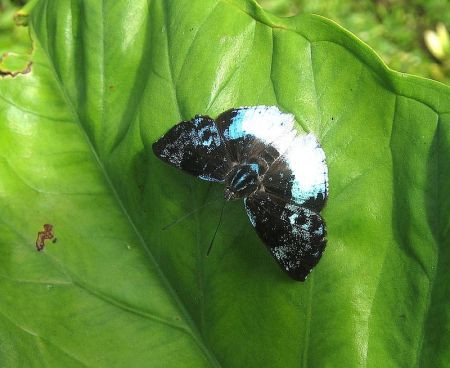
We’ll notice a significant uptick in butterfly diversity. This is a Hebrus Metalmark…
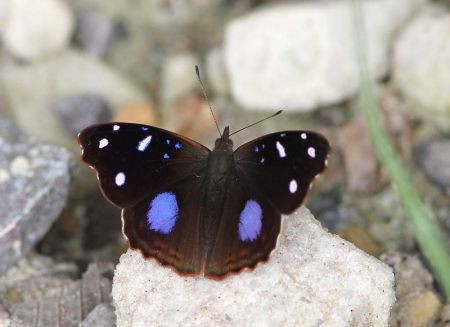
…and this stunner is a Salvin’s Empress.
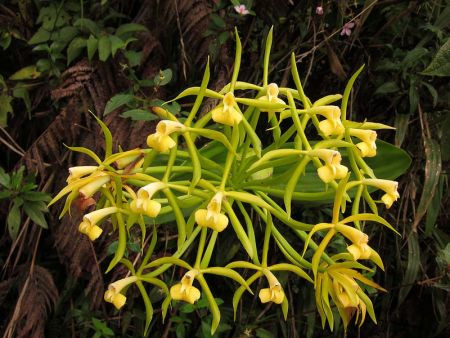
Plant life is also luxurious here. This orchid, Epidendrum lacustre, is but one of hundreds of species known from this valley.
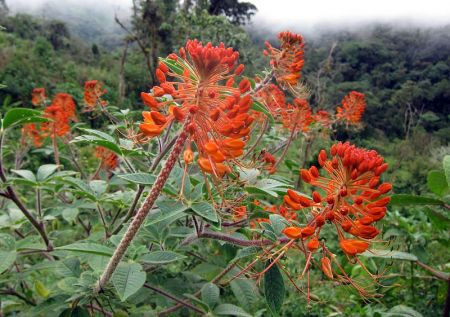
Recognizable as a bee-plant is this lush Podandrogyne.
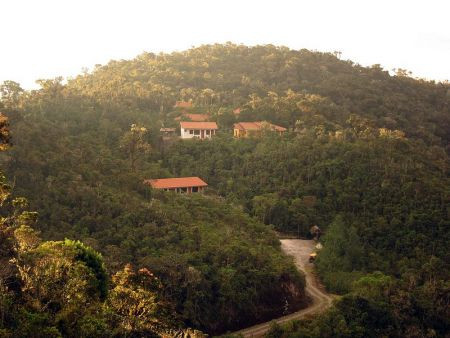
The highest point of the Andes on this road is relatively low at this “abra” – Abra Patricia – and this is were we are lucky to have our lodging.
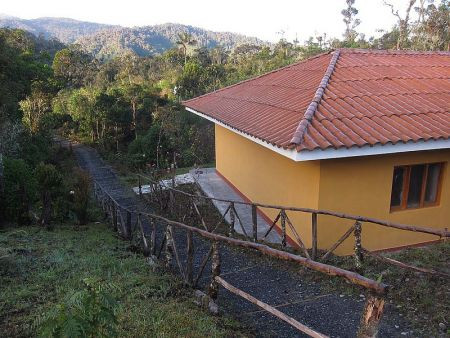
The Long-whiskered Owlet Lodge is in the middle of a large area of well-protected cloud forest.
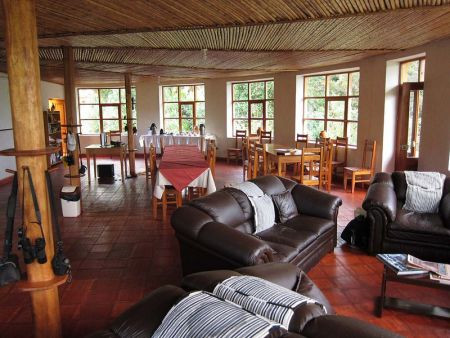
Accommodations are simple but surprisingly comfortable for such a remote location…
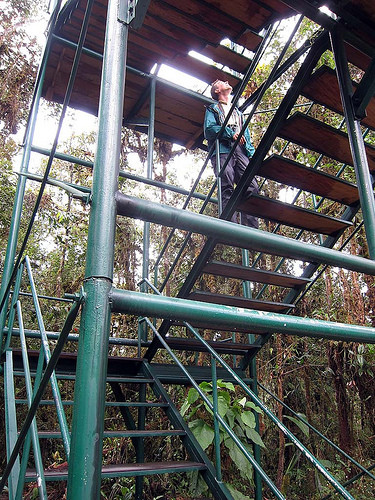
The lodge has a canopy tower that overlooks the short, dense canopy at 7700 feet elevation.
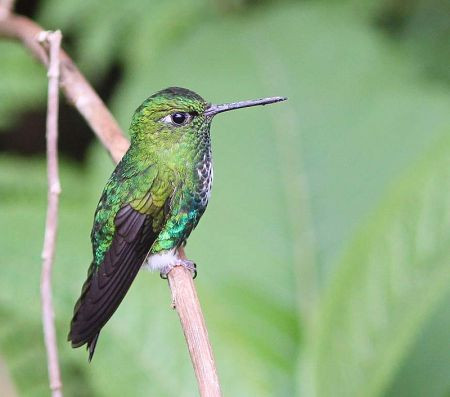
We’ll spend some time relaxing at the lodge’s feeders where should see Emerald-bellied Puffleg…
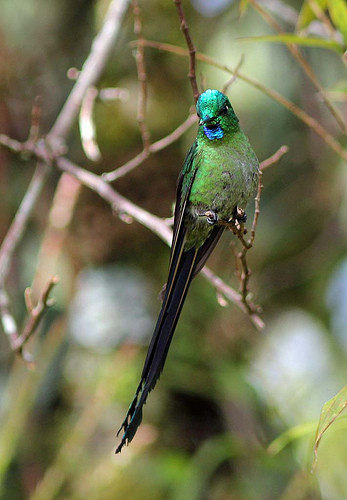
…the stunning Long-tailed Sylph….
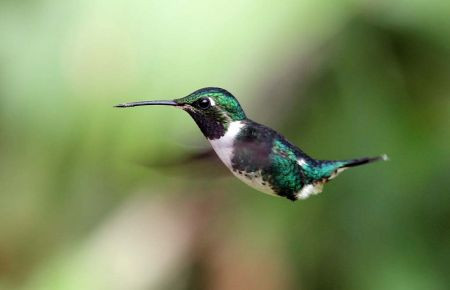
…and the adorable White-bellied Woodstar.
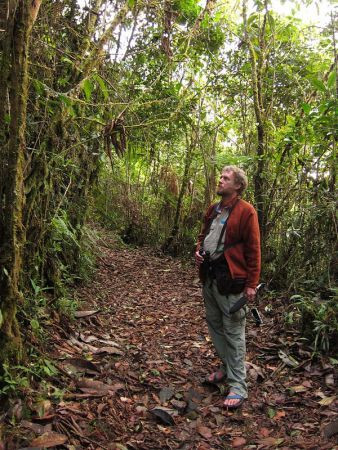
There is a good network of trails on the lodge property.
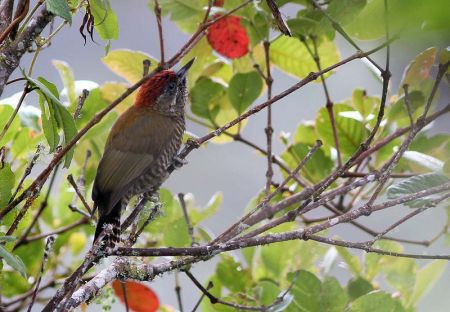
Bark-bellied Woodpecker is a high-elevation specialty we might see.
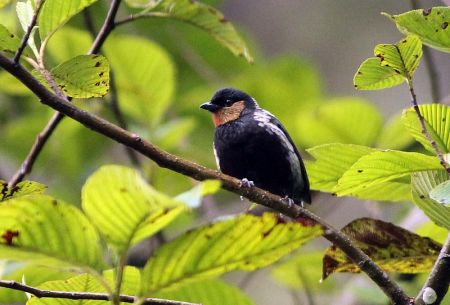
Silvery Tanager occurs in most of the mixed flocks around the lodge and down the road.
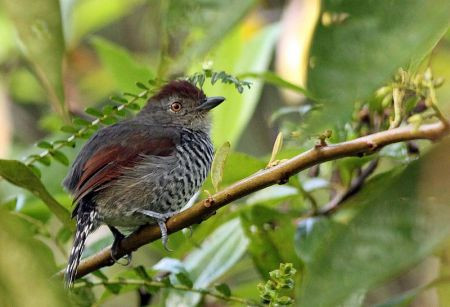
There’s a small, discrete population of Rufous-capped Antshrikes at its northernmost range near the pass as well.
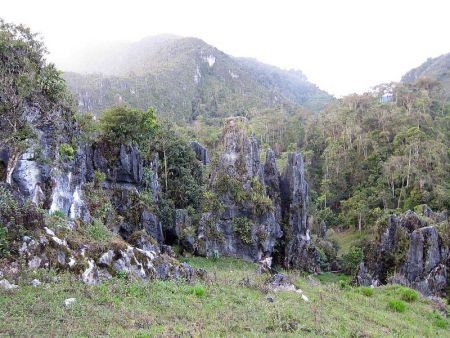
Habitats are quite varied here, from tall, wet forest to scrubby, stunted forest on ridges and limestone outcroppings, increasing diversity.
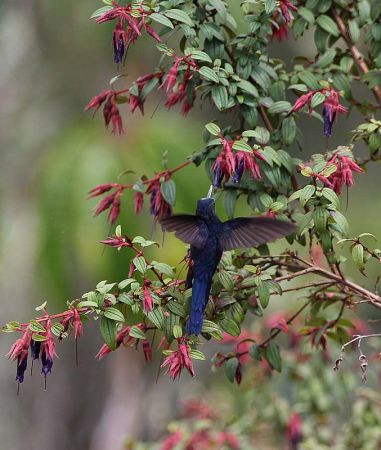
Royal Sunangel is one of the extremely localized species occurring in the stunted ridge forest.
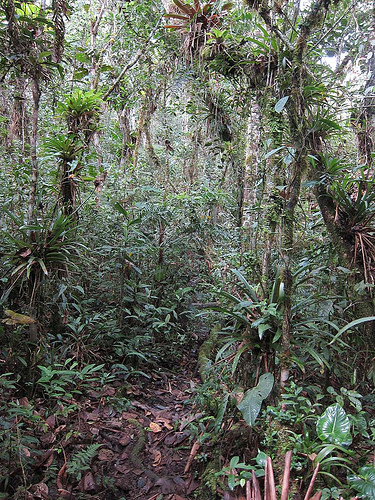
In the deeper valleys near our lodge is a more lush type of habitat, dripping with epiphytes where we’ll look for antpittas and tapaculos.
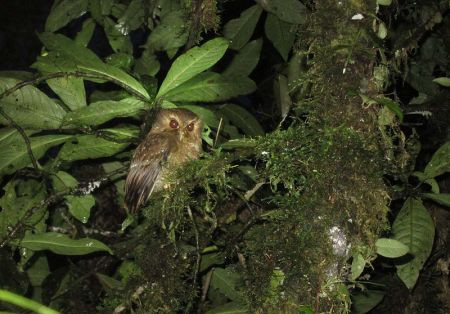
This is the habitat that at night might result in a sighting of the extremely elusive Long-whiskered Owlet.
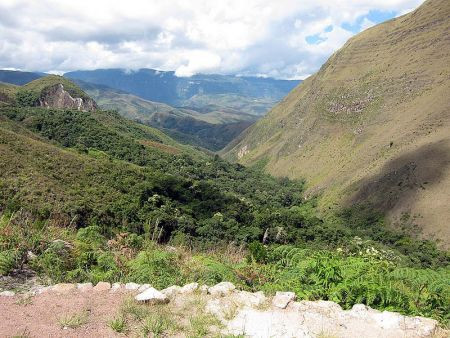
A little farther west, just a bit in the rainshadow, are the drier slopes of Florida de Pomacochas.
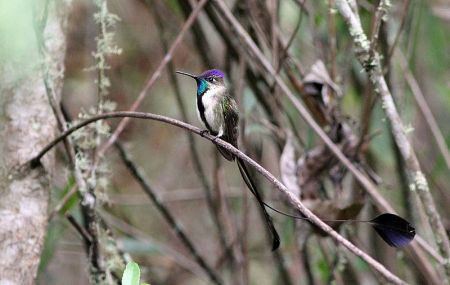
Only on these mid-elevation slopes, In a narrow band of semi-humid, short forest between the wetter upper slopes and the dry lower valleys can you find the unbelievable Marvelous Spatuletail.
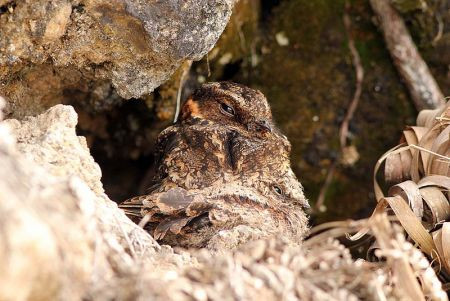
A brooding Lyre-tailed Nightjar might be one of our lucky sightings in the area; or we might come across one in our nocturnal birding outings.
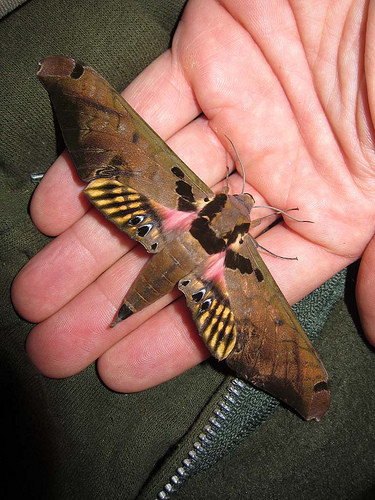
The region is rich with many forms of wildlife, and at our hotel we might well be distracted by the moths, this a Six-eyed Sphinx.
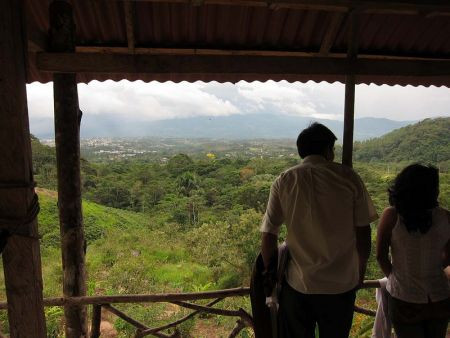
On our return to the lowlands we’ll stop near Moyobamba at a private reserve…
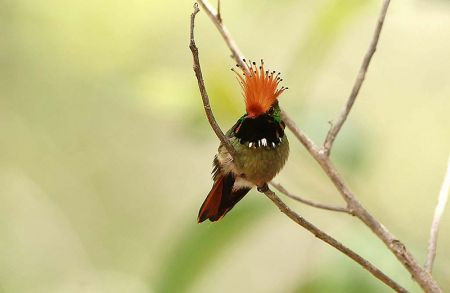
The hummingbird feeders here will have a rather different assortment of species, the Rufous-crested Coquette being one of the most spectacular.
